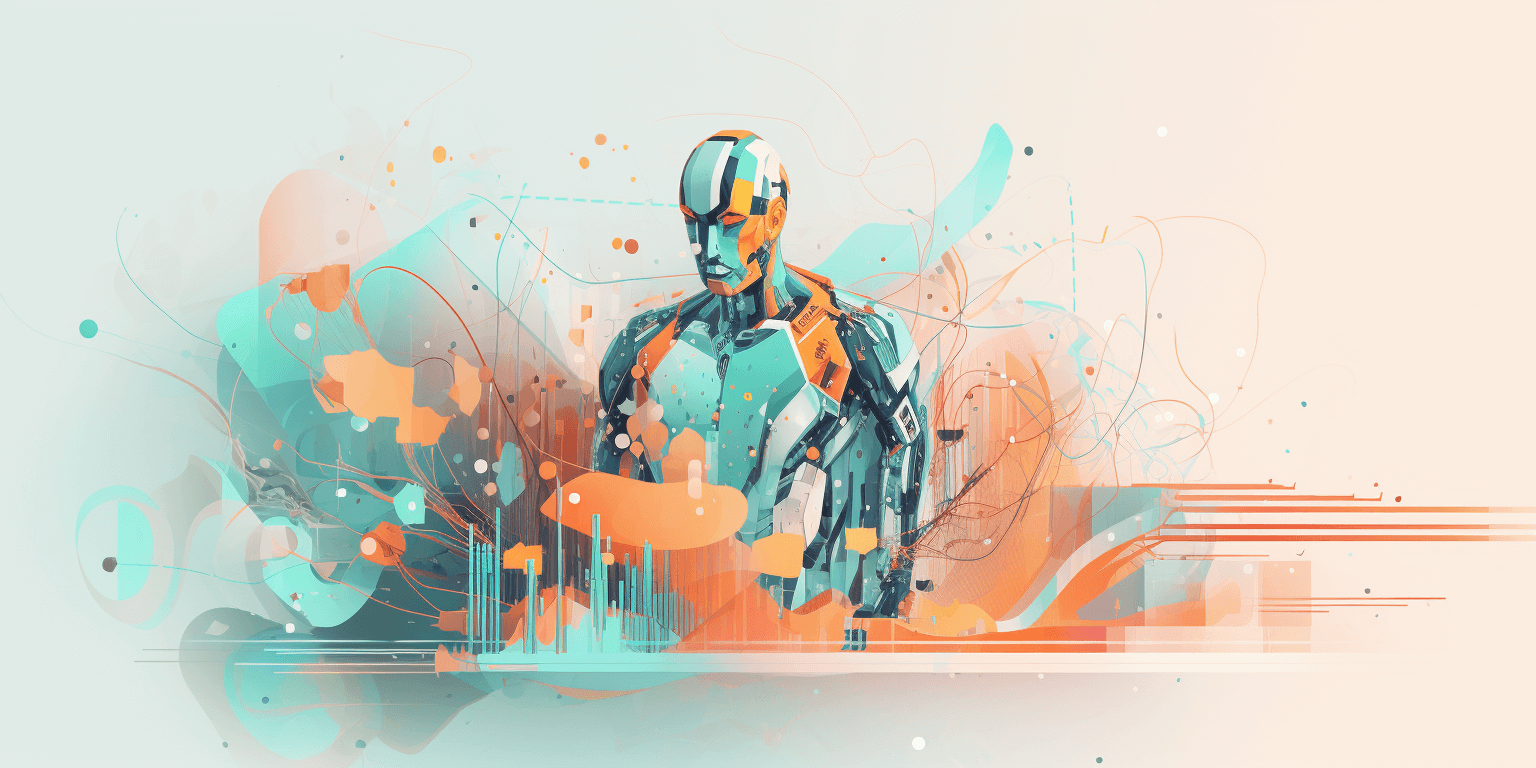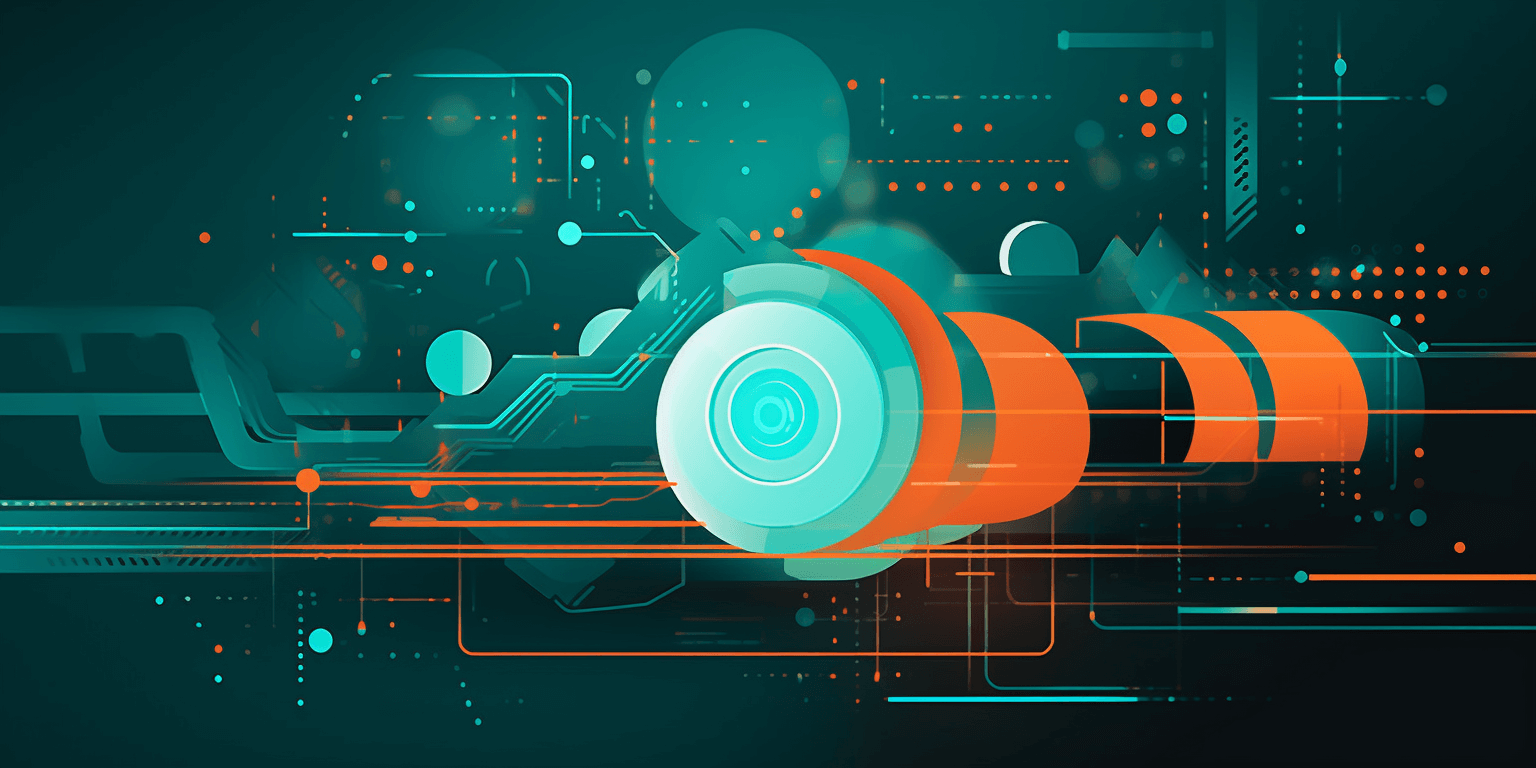The rise of generative AI has brought about a new era of technological advancements that has transformed the way we look at artificial intelligence. With an increasing number of businesses adopting AI technologies, the World Economic Forum predicts that around 85 million jobs may be displaced by machines within the next four years. However, that doesn’t necessarily mean the end of the world as we know it. In this article, we’ll explore how digital marketers can stay ahead of the curve and not only survive but thrive in an age of artificial intelligence.
Generative AI: A Brief Overview
Generative AI is a subset of artificial intelligence that is designed to create or produce something new, like an image, video, text, or speech. It is based on machine learning and neural networks, which means that it learns patterns and structures in data to generate new outputs. One of the most notable examples of generative AI is ChatGPT, which has attracted over 100 million users worldwide in just two months.
History of Generative AI
Generative AI’s roots go back nine decades. The initial works of computational linguistics and natural language processing have led to today’s near-sentient chatbots. In the ’60s, computer science professor Ivan Sutherland introduced Sketchpad, which allowed users to modify 2D and 3D content procedurally. Mathematician and architect Christopher Alexander published Notes on the Synthesis of Form, which later influenced the parametric and generative design of products. MIT professor Joseph Weizenbaum created the first chatbot, Eliza, in 1966. The evolution in computational power and the amount of labeled data has accelerated the progress of generative AI in recent years.
Impact of AI on Digital Marketing
The media industry is highly likely to be affected by large language models (LLMs), which can read, write and understand text-based data. As AI continues to evolve, more jobs may be threatened; however, digital marketers can use AI-powered tools to automate routine tasks, analyze data trends, obtain insights, and optimize campaigns. Some examples of AI-powered tools include:
Chatbots: Chatbots can handle customer queries and complaints, saving human customer service reps time and effort. Chatbots can also generate leads and send personalized messages based on users’ preferences and behaviors.
Programmatic Advertising: Using machine learning algorithms, programmatic advertising can buy ad space, analyze user data, and deliver personalized ads in real-time, all without human intervention.
Automated Content Creation: AI-generated content creators can write articles, product descriptions, and social media posts, which can save copywriters time and effort. However, generated content is not always grammatically correct, has limited creativity, and requires human oversight.
Predictive Analytics: Predictive analytics uses AI algorithms to forecast future trends and behavior based on user data. This helps digital marketers plan campaigns and tailor messages to different audiences.
What Marketers Need to Do to Adapt to the AI Revolution
The evolution of technology will continue to address the gaps in different industries to benefit society. However, creatives, including digital marketers, need to recognize the potential benefits of AI-powered tools, upskill, and adapt to an increasingly AI-driven marketing landscape. Here are a few tips on how to thrive:
Invest in AI-powered tools: Use different AI-powered tools to automate routine tasks, analyze data trends, obtain insights, and optimize campaigns.
Embrace Machine Learning: Learn about machine learning and how it can be used for predictive analytics and targeted advertising.
Upskill: Take courses and industry certifications to learn new skills like data analysis, automation, AI, and machine learning.
Develop a hybrid approach: Don’t rely entirely on AI-powered tools, but instead use a hybrid approach that combines human expertise with automation.
Conclusion
Generative AI has the potential to transform the digital marketing landscape. While it may threaten some jobs, AI-powered tools can be used to automate routine tasks, analyze data trends, obtain insights, and optimize campaigns. Creatives, including digital marketers, can embrace AI, upskill, and adapt to an increasingly AI-driven world. By combining human expertise with automation, businesses can thrive and stay ahead of the curve.




